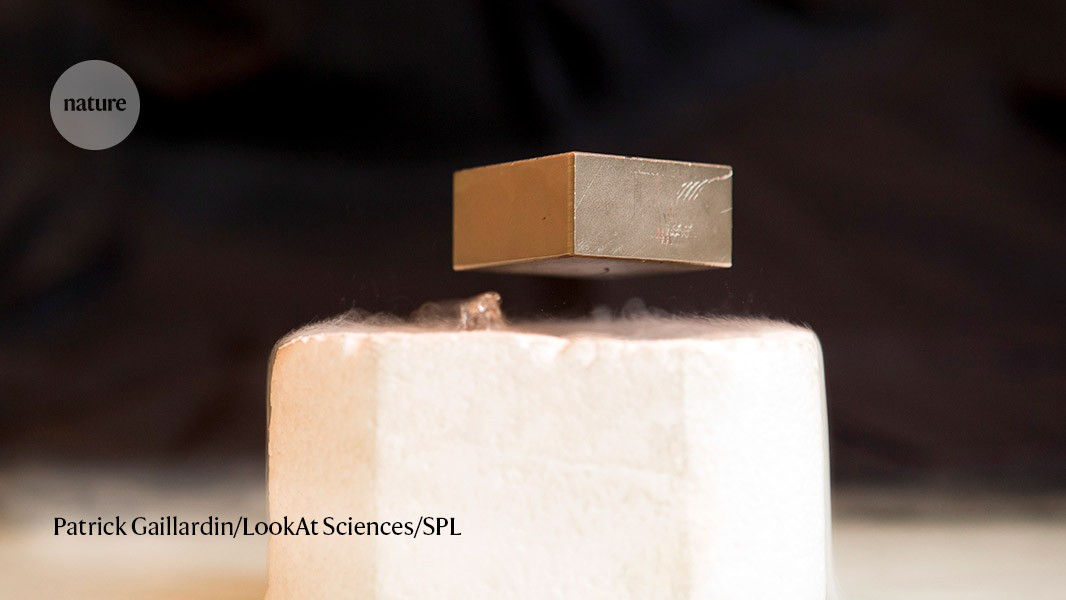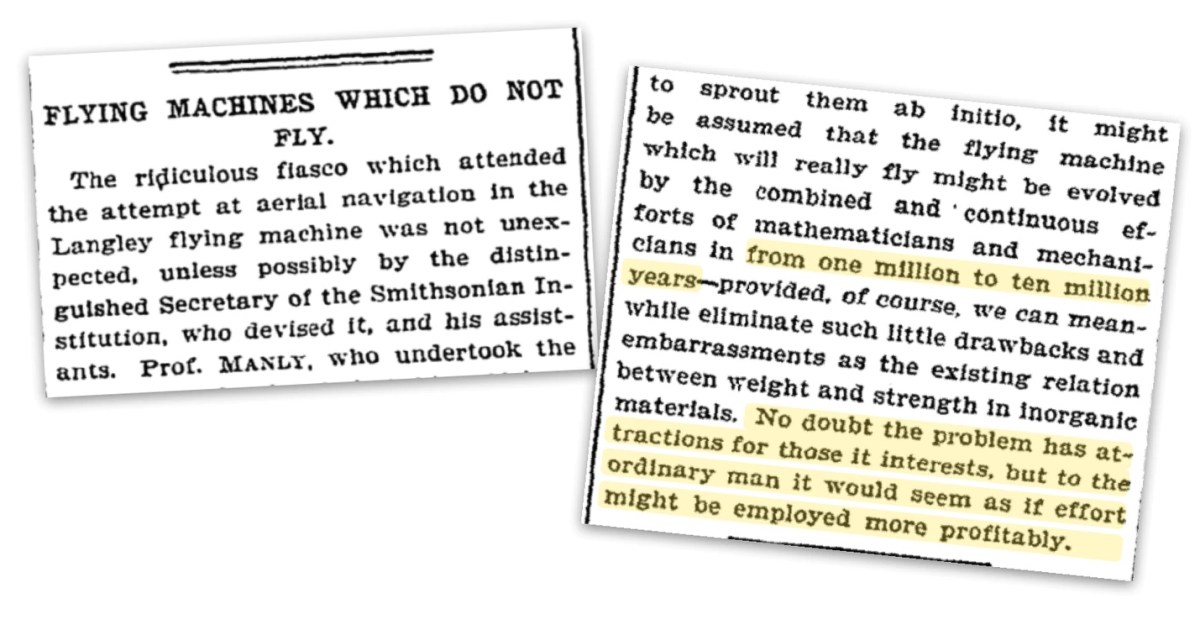Social media is abuzz with chatter about the material, but some scientists are pushing back on the hype.

www.nature.com
A Korean team's
claim to have discovered a superconductor that works at room temperature and ambient pressure has become a viral sensation — and prompted a slew of replication efforts by scientists and amateurs alike. But initial efforts to experimentally and theoretically reproduce the buzzworthy result have come up short, and researchers remain deeply sceptical.
The research team, led by Sukbae Lee and Ji-Hoon Kim at the start-up firm Quantum Energy Research Centre in Seoul said in preprints published on 25 July
1,
2 that a compound of copper, lead, phosphorus and oxygen, dubbed LK-99, is a superconductor at ambient pressure and temperatures above 127 °C (400 Kelvin). The team claims that samples show two key signs of superconductivity: zero electrical resistance and the Meissner effect, in which the material expels magnetic fields, leading samples to levitate above a magnet. Previous efforts have achieved superconductivity only in certain materials under incredibly low temperatures or extremely high pressures. No material has ever been confirmed to be a superconductor under ambient conditions.
LK-99's purported superconductivity drew immediate scrutiny from scientists. "My first impression was 'no.'" says Inna Vishik, a condensed matter experimentalist at the University of California, Davis. "These 'Unidentified Superconducting Objects', as they're sometimes called, reliably show up on the arXiv. There's a new one every year or so." Advances in superconductivity are often touted for their potential practical impact on technologies such as computer chips and maglev trains, but Vishik points out that such excitement might be misplaced. Historically, progress in superconductivity has had tremendous benefits for basic science, but little in the way of everyday applications. There's no guarantee a material that is a room-temperature superconductor would be of practical use, Vishik says.
The first attempts to replicate LK-99, reported in the past days, have not improved the material's prospects. None of the studies provide direct evidence for any superconductivity in the material. (The Korean team did not respond to Nature's request for comment.)
Two separate experimental efforts by teams at the National Physical Laboratory of India in New Delhi3 and Beihang University in Beijing4, reported synthesizing LK-99, but did not observe signs of superconductivity. A third experiment by researchers at Southeast University in Nanjing5 found no Meissner effect, but measured near zero resistance in LK-99 at -163 °C (110 K) — which is far below room temperature, but high for superconductors.
Theorists have also entered the fray. Several theoretical studies6,7,8,9 used a computational technique called density functional theory (DFT) to calculate LK-99's electronic structure. The DFT calculations suggest LK-99 might have interesting electronic features that, in other materials, have been associated with behavior such as ferromagnetism and superconductivity. But none of the studies found evidence that LK-99 is a superconductor at ambient conditions.
Replicators first attempted to synthesize LK-99, following the process described by the Korean team, which involved mixing powdered components and two stages of heating up to 925 °C. (The high temperatures and use of lead have prompted concerns about
amateur replication attempts, which researchers say are dangerous.)
To confirm that material's structure and identity, replicators used X-ray diffraction, an atomic imaging technique. The Beihang team concluded that their sample's structure was "highly consistent" with that of LK-99.
A co-author on the National Physical Laboratory team, physicist Veerpal Singh Awana, acknowledged small differences between their sample and that of the Korean team. "Our LK-99 is very similar to that as the reported superconducting LK-99," he says.
But Robert Palgrave, a chemist at University College London, says that both teams' materials differ from the original. Both X-ray diffraction patterns are significantly different from the Korean team's patterns and from each other, says Palgrave. (Members of the Beihang team did not respond to
Nature's request for comment.)
The Southeastern University team's experiment produced X-ray diffraction data that is more consistent with the Korean team's sample, according to Palgrave. But several researchers have questioned their claim of achieving zero resistance at -163 °C. Evan Zalys-Geller, a condensed matter physicist at the Massachusetts Institute of Technology in Cambridge, says that the resistance measurement wasn't sensitive enough to distinguish between a zero resistance superconductor or a low-resistance metal like copper. (Members of the Southeastern University team did not respond to a request for comment.)
Uncertainty about the structure of LK-99 limits the conclusions that researchers can draw from theoretical studies, which assume a given structure for the material to make calculations.
On 31 July, a theoretical analysis posted on Twitter prompted excitement among online enthusiasts. Sinéad Griffin, who studies quantum materials at Lawrence Berkeley National Laboratory in California,
shared her theory paper, accompanied by a gif of former US president Barack Obama performing a 'mic drop'. The optimism was prompted by Griffin's use of DFT to find that LK-99 has 'flat bands', a feature that indicates electrons in the material are strongly correlated with each other. "Flat band systems tend to show interesting physics," Vishik says. "So when a material is predicted to have a flat band, people get kind of excited."
Griffin later rebuffed the optimism,
tweeting: "My paper did *not* prove nor give evidence of superconductivity."
Other theory papers also suggested the presence of flat bands, but all of them suffer from the same assumption about the structure, says Leslie Schoop, a solid state chemist at Princeton University in New Jersey. "In a nutshell, I don't believe any of the DFT before I know the correct crystal structure," she says.
Griffin agrees that knowing the structure is essential. But she says that the structure found by the Korean team is similar to that of other lead phosphate minerals. "So it's not too bizarre to think it possible."
Even if future experiments confirm flat bands, the feature does not mean the material would display room-temperature superconductivity, Schoop says. The association between flat bands and superconductivity comes from other materials, such as 'twisted' layers of graphene — slightly offset sheets of atomically thin carbon — which displayed superconductivity at -271 °C (1.7 K) and
featured flat bands. But this does not provide evidence for superconductivity above 127 °C (400 K) in the lead-based LK-99, Schoop says.
The limited success of the replication attempts has not quelled speculation online. Unverified videos of samples, supposedly levitating because of superconductivity, have circulated as viral evidence, despite the fact that many materials — including graphene, frogs and pliers — can exhibit similar magnetic behaviour.
Previous room-temperature superconductivity claims, including one made
in March by the controversial physicist Ranga Dias, have made headlines. But the viral attention associated with LK-99 has surpassed many of its predecessors.
Frustrated by the atmosphere of hype, some scientists have taken to mimicking the levitation videos with everyday materials suspended by string and other props. "I opened Twitter up one day and noticed a bunch of sketchy videos with little floating pebbles," says Eric Aspling, a physicist at Binghamton University in New York. In response, he uploaded a
video featuring a "sample of LK-99 shaped as a fork" suspended by tape. "I thought, 'How can anybody be convinced by this?'," he says.
















